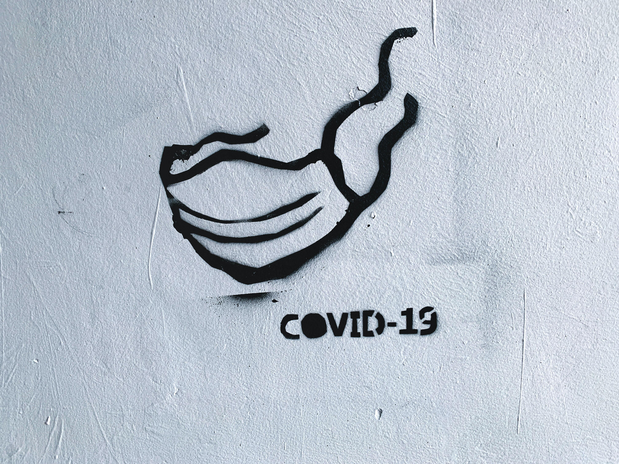With life on pause for such a long and brutal time, the delta variant of COVID crushed our perception of normalcy once again. I ache for that sense of normalcy again, but what does that really indicate? With the rampant spread of the delta variant, reports of another variant in January sparked the fears of scientists along with other individuals in the world. Scientists constantly seek new (and potentially more threatening) variants of COVID for the devastating effects of it intensified with time and lack of preparation. Recent developments on the track of this new variant have reported that the mu variant is officially eradicated from the United States but exactly what is it?
What is the mu variant and where did it start?
The mu variant of COVID was first detected in Colombia in January 2021 when the World Health Organization labelled it a “variant of interest.” As of today, less than 1 percent of the world has the mu variant with it predominantly spreading in Colombia with about 39% of all COVID cases being attributed to the mu variant there. The variant has arisen in 43 countries as well. The trajectory is insignificant compared to the delta variant which is also seen spreading in vaccinated individuals and has a much higher rate of transmittance. But that doesn’t make this variant completely insignificant. While not spreading rapidly, the combination of mutations present in the mu variant are concerning as it is seen to be even more resistant to the vaccination than the beta variant that was present in South Africa. Anthony Fauci, the infectious disease expert in the United States, states that while it isn’t an imminent threat, we should still keep our eyes on it.
Has mu presented itself in the US? Should I be worried?
As of September 3, about two thousand cases had been reported predominantly in Florida, California, New York, and Texas. There was speculation around the virus being very transmissible as well as being resistant to the current vaccine but recent data from Japan reported that the Pfizer-BioNTech COVID-19 vaccine is effective against this new strain of COVID. As of now, there is no imminent threat but following the pathway of the variant can still give us useful information.
What does the mu outbreak look like in Colombia?
In Colombia, about 29% of individuals have been fully vaccinated which presents an infrastructure and accessibility problem within itself. As of August 16, light began to prevail as COVID cases went downward and deaths were under A hundred per day which was much smaller in comparison to the peak of the mu variant in Colombia. During the peak on June 16, 2021, the variant accounted for sixty percent of all cases and deaths attributed to COVID in Colombia. In one day, the mu variant was responsible for 125,000 new cases and 655 fatalities. As of today, high-ranking Colombian officials have regained a sense of normalcy within the country as businesses start to open back up and Colombia indulges in the much-awaited serenity that they have all been wishful of in the gruesome and unforgiving past few months. The delta variant poses another threat in itself but cases attributed to the mu variant have gone down drastically in August.
The mu variant posed a threat to our well-being and safety but after this grueling year and a half, there’s a small silver lining and sense of peace knowing that a potential variant is eradicated in the United States and has been on a downward slope in other countries that felt the true devastating effects of the mu variant such as Colombia. The delta variant of COVID still looms over the face of the pandemic but this is just more reason for us to take the preventative measures that we can as individuals while also recognizing that vaccines are a privilege. Remember to socially distance, wear a mask, and most importantly, get vaccinated. If not for you, do it for the safety of those around you.

